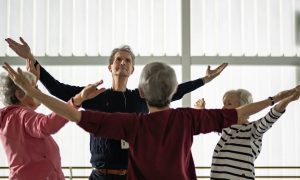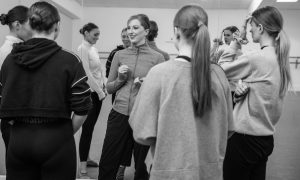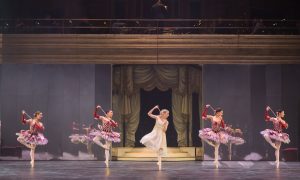In 2020, the world shut down due to the pandemic, and the arts along with it. Suddenly, dancers everywhere were faced with the predicament of how to stay in shape while sheltering at home. Virtual study became the norm, with online platforms offering a plethora of classes, styles and genres. One standout, Lynne Charles, offered pointe classes designed to keep dancers on their toes during the lockdown. Charles, the founder and creator of 4Pointe, posted tutorials that were challenging, precise and encouraging. They were a true gift to the ballet community. Let’s get to know this master teacher and coach extraordinaire.
How did you get your start in ballet? How old were you when you started pointe work? Do you remember anything significant about your own pointe training?
“My mother gave me ballet lessons for my 13th birthday. I started in a small school in Queens. I never wanted to be a dancer; I wanted to be an English Professor.
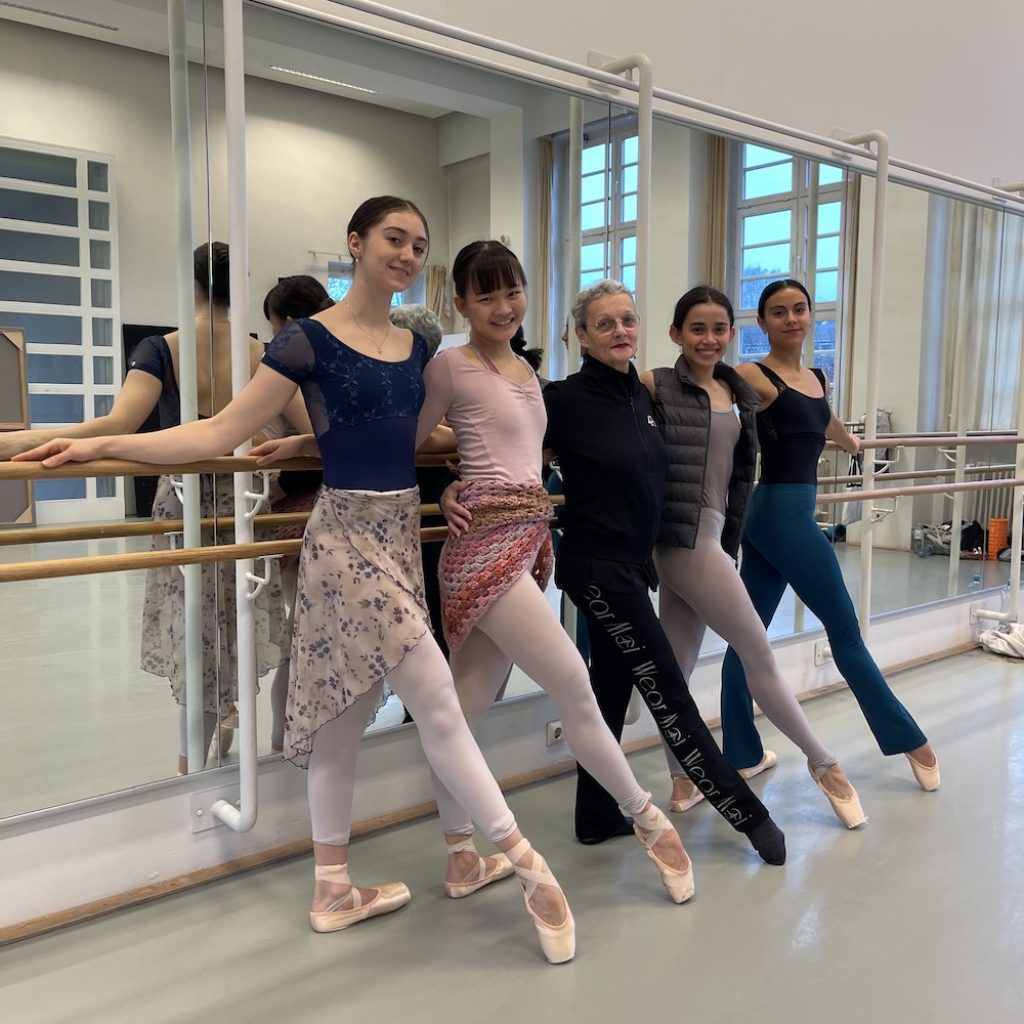
I started pointe at 13. Nothing special, everything went very quickly, and in one year, I was on scholarship at Harkness House for Ballet Arts in New York. It wasn’t until I was in the Geneva Ballet that my teacher Robert Scevers opened me to the world of articulation and speaking with one’s feet. I was very fortunate to have amazing teachers and to learn and also see amazing dancers with incredible footwork. It was also my specialty. This has changed. Styles have changed, and priorities have changed. Although there have been many advances made in somatic practices and in traditional ballet classes, no advances were made in pointe work. Real pointe training became a thing of the past, and relevés were the only warm-up before center work and variations.”
How did you come up with the idea of 4Pointe?
“I came up with the idea in 2015. I began developing the concept of the 4Pointe method. Pointe work and articulation had always been a passion of mine as well as a strong aspect of my dancing. Therefore, I felt I had not only the physical knowledge to make changes in an outdated method, but I also possessed the intellect, desire and passion to develop something new. I wanted to see a renaissance in how ballerinas worked on pointe. At the time, I was working in Germany both as a Professor for classical ballet at a contemporary university and as Ballet Mistress for a neoclassical company. My teaching and coaching were both for contemporary dancers as well as classical dancers. It was during this period that I noticed the extreme physical challenges the dancers were facing from the more contemporary repertoire they were working on. In many cases, they did not feel prepared physically, and their feet suffered tremendously. The more contemporary works challenged the legs and feet in a totally different way. It seemed that although the classical repertoire is more difficult in many ways, it was somehow easier on their legs and feet. This inspired me to find new ways to make the legs and feet more prepared and stronger so that dancers could focus more on artistic aspects of their dancing and not worry so much about the physical side of it.”
Do you have an overall philosophy to your teaching in relation to pointe work?
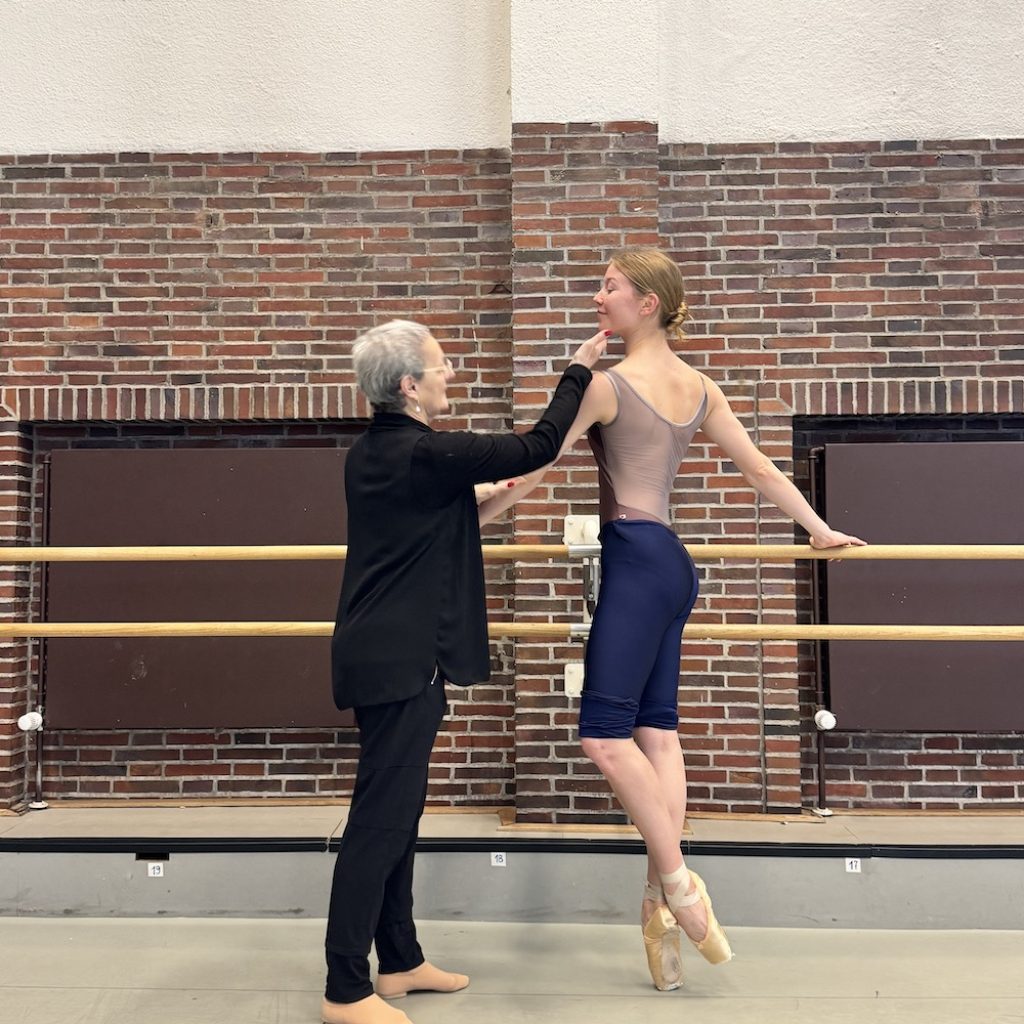
“4Pointe is the outcome of seven years of my own research. Working with dancers, talking with teachers and doctors, experimenting with exercises, and testing them on myself, my students and professional dancers of all ages. I studied all the elements in traditional pointe class, and I saw what I thought was missing. It was too perpendicular and involved only certain muscles. It did not prepare the dancer for the extreme and sometimes highly challenging use of the legs and feet in modern and contemporary choreography. So, I set out to develop a way to make pointe classes more effective and productive as well as a tool for rehabilitation. (This is also a field that is lacking in development.) We need a way in which to be able to better prepare dancers for the challenges of today and tomorrow. We need to help them be stronger, more agile, with a higher level of articulation all the while staying healthy with low to no injury level. 4Pointe is not meant to be a replacement for traditional pointe class; it is meant to go hand in hand. It is a tool, like Pilates or Gyrotonics which is goal-oriented.”
Can you explain how you came up with your four cornerstones?
“Creativity: I always push myself to promote a creative atmosphere in class and in my way of teaching and coaching by finding new ways to communicate and transmit old ideas and information.
Health: Carl Gustav Jung said that the collective energy in a situation or environment can enhance or deter the ability to learn and absorb information. Negative attracts negative and vice versa. I always create a positive atmosphere so that my students and myself can excel.
Motivation: Inspire and motivate through positive feedback, honesty, transparency, support and guidance, and most of all love for the profession of dance and space for each individual’s development.
Respect: Always encourage in your students a respect for one’s self, and one’s work. Teach them to feel gratitude for being able to be part of this amazing art form and the teachers and mentors who guide them.”
Your classes on YouTube are brilliant. They are so challenging, but so precise and necessary. Did you anticipate them going viral?
“No, I had no idea. One of my videos on Instagram reached 65 million views. I was shocked. It wasn’t until Covid was over that so many dancers all over the world wrote to me and thanked me for all the videos.”
How do you feel about virtual training?
“It’s challenging, especially with new students, because you are not in the same room. Now I am used to it, and when it is with students I know, then it is easier. I give one-on-one classes and sometimes two people. Virtual is good if they have the foundational work, but for things like teaching courses, this has to be in person.”
Do you feel that there is anything lacking currently in pointe training that you would like to see change?
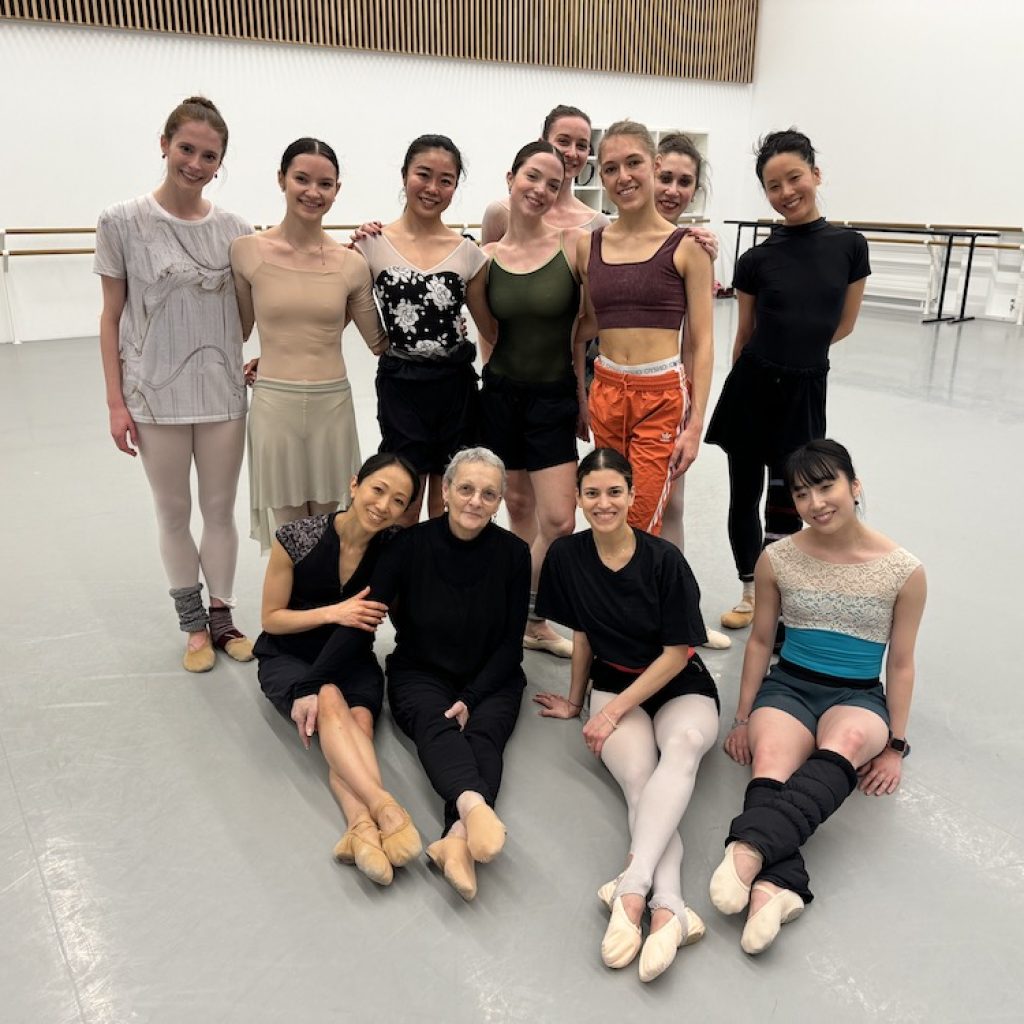
“I believe that classes in companies are too short. For whatever reasons and there are many, dancers’ training time has been cut. Pointe training is almost always cut in favor of practicing for competitions and rehearsing for shows. I do not agree with this. Students and dancers alike need to train and keep their bodies tuned as it is their instrument.”
How do you get a pre-professional ready for ballet company life and the demands on their pointe technique?
“By not spending so much time competing in competitions and actually training dancers. Training them with what they will need in a company. Directors don’t need to see students do Don Q or Black Swan, they need to see if the students can learn and be proactive in their work.”
Any final thoughts you would like to share?
“A colleague and dear friend once told me, ‘You must give back and leave something in gratitude for what your life has given you. Pointe work is your thing! Leave it as your legacy!'”
Lynne Charles can be found at www.4-pointe.com.
By Mary Carpenter of Dance Informa.





